
In October, 2024, Paul settled a surgical negligence claim on behalf of a 40 year-old woman who suffered injuries to both her ureters during an uncomplicated hysterectomy.
As a result of these significant injuries, the patient underwent a long period of recovery and had been left unable to resume work or carry out her usual domestic responsibilities. The patient further suffered from chronic pelvic pain and urinary frequency.

In August, 2024, Paul settled a medical malpractice lawsuit on behalf of a woman in her 60s who experienced a significant delay in the diagnosis of colorectal cancer.
Following a normal colonoscopy, the patient began experiencing concerning symptoms, including persistent bloody stools and abdominal discomfort. Despite notifying her family physician about these symptoms and her family history of colon cancer, no further diagnostic tests were ordered.
Three years later, the patient was referred to a specialist who conducted a colonoscopy revealing advanced signs of colon cancer, including large lesions and internal hemorrhoids. Subsequent tests confirmed the advanced nature of the cancer, necessitating extensive treatment including chemotherapy, radiation therapy and multiple surgeries.

In October, 2023, Paul settled a medical malpractice claim arising from a delayed diagnosis of breast cancer that led to the unfortunate death of a 39 year old married mother of two young children.
For more information about the most common causes of cancer misdiagnosis, please read this post.
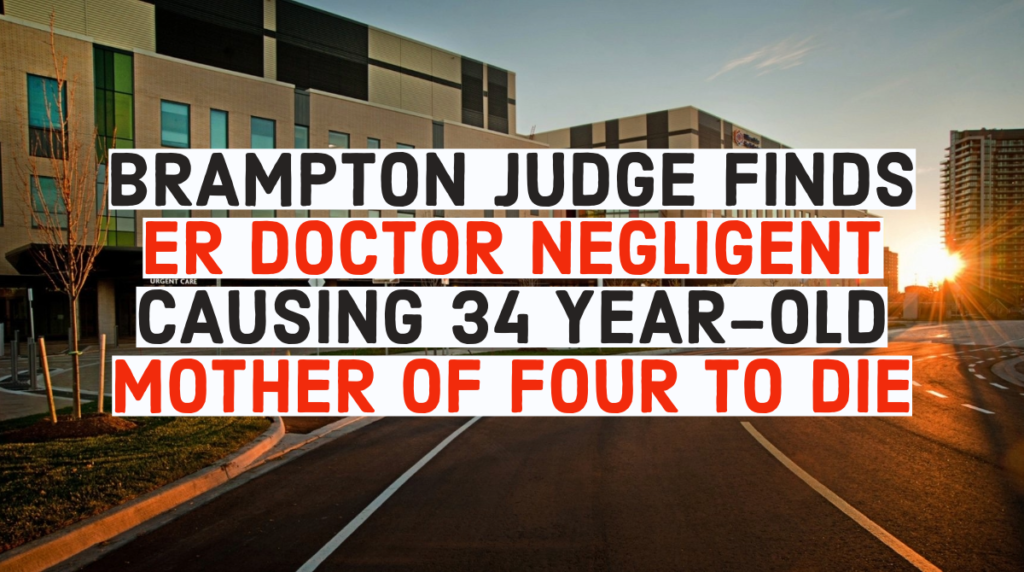
On September 6, 2023, Paul won a medical malpractice trial on behalf of a Brampton family. In this case, the trial judge found the Defendant emergency room physician negligent in his care of the Plaintiff, Elisha Shaw, which resulted in her death.
This medical malpractice lawsuit involved the management of a patient with a history of gastric bypass surgery who presented to the William Osler Health System – Brampton Civic Hospital emergency room with acute abdominal pain and had radiological findings suggestive of an internal hernia.
The emergency room physician discharged the patient home despite the fact that her abdominal pain remained uncontrolled throughout her visit and did not call her back to organize an urgent in-hospital consultation with a general surgeon after learning of the radiological findings.
The patient returned to the emergency room the next day by ambulance in a worse condition and ultimately died of complications associated with bowel ischemic and necrotic bowel.
The trial took place over 12 days in January, 2023 in Brampton, Ontario. The full decision is available here.
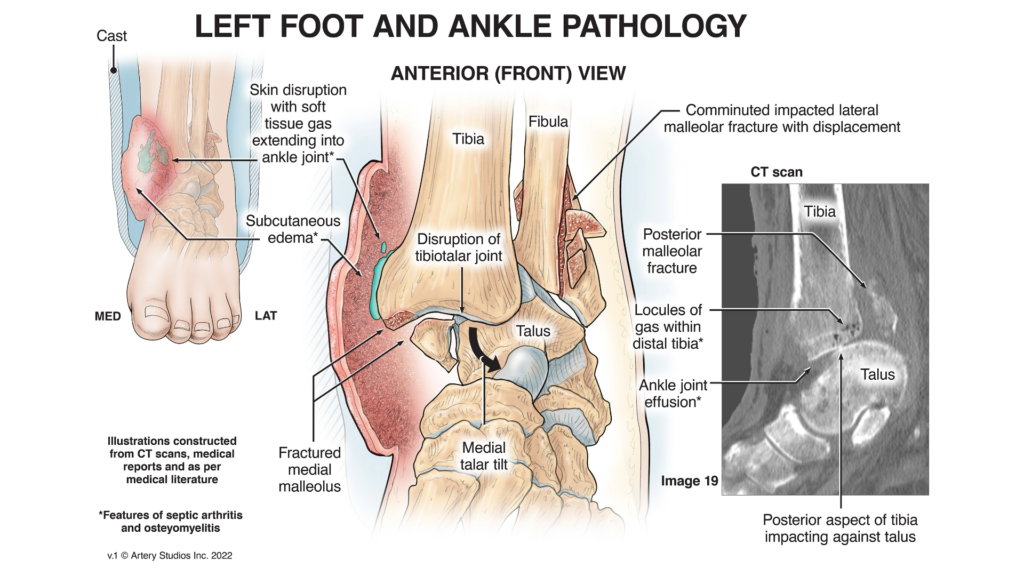
In November, 2022, Paul settled a medical malpractice claim against a hospital and physicians for failing to facilitate orthopedic follow-up for a 65 year-old man with a bimalleolar fracture of the ankle that had been treated with a closed reduction and cast immobilization.
After approximately 40 days of no orthopedic follow-up, the patient finally underwent an x-ray which revealed a disrupted ankle mortise with posterior displacement of the tibiotalar joint. A CT scan was subsequently performed that same day which revealed a displaced trimalleolar fracture and gas in the ankle joint suggestive of a septic arthritis and osteomyelitis.
Unfortunately, by this time, the patient’s ankle was not salvageable and a below knee amputation was required.
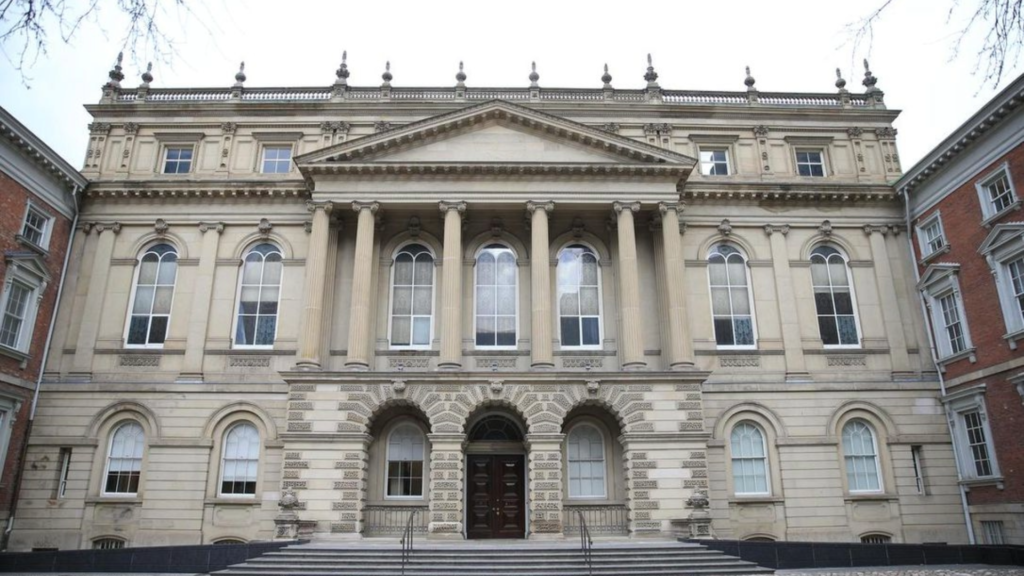
On July 29, 2021, Paul and his law partner and appeals specialist, Christopher Morrison were successful in upholding the trial Judge’s finding of causation against the defendant gynecologist in this case.
After carefully reviewing all the evidence, the Ontario Court of Appeal determined that the trial Judge made no palpable or overriding errors in the assessment of the evidence which established that earlier diagnosis and treatment of the patient’s leiomyosarcoma would have resulted in a better outcome. The full decision is available here.

On July 13, 2020, Paul along with his law partner and appeals specialist, Christopher Morrison, successfully opposed the doctor’s appeal of his trial loss.
In rejecting the doctor’s arguments, the Ontario Court of Appeal concluded as follows at paragraph 24 of their decision:
“Here it was open to the jury to infer that had Ms. Booth been referred to McMaster Hospital on July 5, 1991, amnioreduction would have been performed to effectively treat the TTTS. McMaster Hospital was a tertiary centre specializing in high-risk or problem pregnancies. The jury could infer that the easy-to-perform treatment would have been administered, given that there was no other treatment available other than a potentially catastrophic early C-section. The respondents’ experts provided a basis from which the jury could infer that the TTTS would have been successfully treated at McMaster Hospital in 1991. The jury rejected the appellant’s expert’s “feeling” that amnioreduction was not offered at that time at McMaster Hospital. There may have been any number of reasons why the jury preferred the evidence of the respondents’ experts. It was open to them to do so and conclude that the treatment would have been administered and would have avoided the brain damage on the balance of probabilities.”
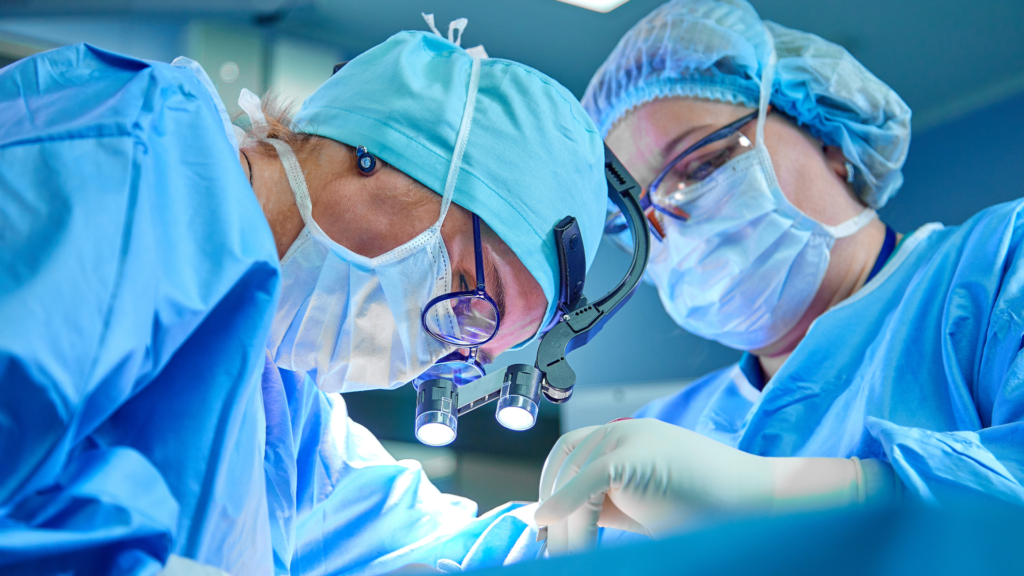
On July, 2019, Paul was successful in a surgical error claim against a urologist for negligently causing damage to a patient’s obturator nerve during a routine Tension-Free Vaginal Tape (“TVT”) surgery.
The TVT procedure is designed to provide support for a sagging urethra so that it can remain closed, with no accidental release of urine during movement or exertion.
The procedure is generally completed within an hour and the patient is released from the hospital within 24 hours, with minimal if any problems. Unfortunately, in this case, severe complications became evident immediately after the surgery. The patient awoke with extreme pain in her right thigh, which was later determined to be the result of an injury to her right obturator nerve.
The injury to the obturator nerve left the patient with permanent pain and physical limitations in her right hip and inner thigh. The full decision is available here.

On April 12, 2019, Paul won a $11.5 jury verdict on behalf of a woman who was left with catastrophic cerebral palsy as a result of obstetrical negligence.
The jury found that the doctor was negligent for failing to arrange for immediate assessment by a perinatologist – a fetal medicine specialist. It was alleged that if If she had been seen earlier by specialists at a tertiary center with expertise in high-risk pregnancies, like McMaster Hospital, then the Twin-to-Twin Transfusion Syndrome (“TTTS”) imperilling the babies would have been detected and treated and the premature delivery and brain damage to Ms. Woods would have been avoided.
TTTS is a rare complication of twin pregnancies. One twin gets too much fluid, while the other gets too little. The twin getting excess fluid continues to urinate, creating a large volume of amniotic fluid around it. This large volume of fluid compresses the other twin who gets less and less fluid. Untreated, this condition is usually fatal for both.
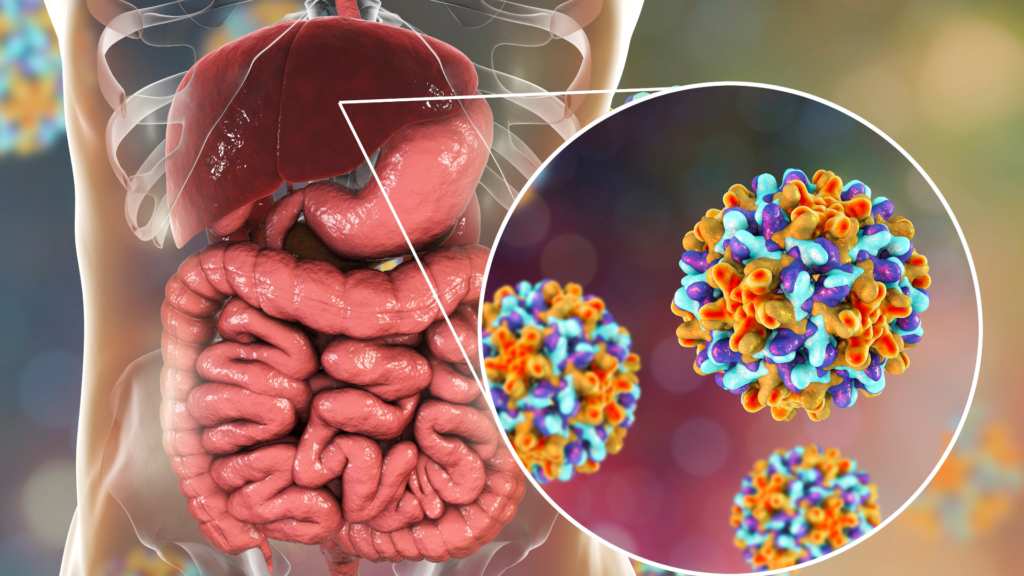
In June, 2018, Paul settled a medical malpractice claim arising from the death of a 50-year old man.
The patient was a lifelong carrier of hepatitis B which required surveillance by the family physician.
Unfortunately, the surveillance did not occur and the patient developed end-stage liver cancer and died leaving behind a wife and young children.

In May, 2018, Paul settled a claim against a medical laboratory on behalf of a 46 year-old woman for failing to properly test for susceptibilities to inform antibiotic treatment for tuberculosis.
As a result of the laboratory negligence, the patient suffered progressive vertebral collapse of her vertebra with nerve root compression and neurogenic claudication and sciatica.
The patient required spinal surgery with multi-level laminectomy, discectomy, L4 osteotomy, epidural granulation tissue decompression of nerve roots, and spinal fusion with pedicle screw and bone graft.

In September, 2017, Paul settled a medical malpractice claim on behalf of a 66 year-old man who was left with significant disability after substandard orthopedic management of a left ankle fracture.
The patient was operated on prior to his anticoagulation medication could be properly reversed resulting in a difficult surgery and suboptimal outcome.

In October, 2016, Paul settled a case on behalf of the family of a 68 year-old man who died unexpectedly in hospital when hospital staff inadvertently failed to connect the oxygen tubing to the patient’s Continuous Positive Airway Pressure (CPAP) machine.
The patient soon realized something was wrong and called for assistance, however, he was unable to regain his oxygen saturation and went on to cardiopulmonary arrest.

In September, 2016, Paul settled a medical malpractice case on behalf of a 57 year-old woman who was left significantly disabled due to vestibular toxicity secondary to gentamicin use.
The patient had been diagnosed in the emergency room with a pyelonephritis (kidney infection). Because of allergies to certain antibiotics, gentamicin was prescribed and she was ordered to receive daily IV administration in the community as an out-patient for approximately two weeks.
Unfortunately, during this time, the patient was not monitored and developed serious vestibular toxicity and irreversible damage.

In April, 2015, Paul settled an unfortunate case of a 67 year-old male who attended the emergency room with a history of shortness of breath.
The patient was triaged urgently and promptly attended on by various health care professionals as he developed severe respiratory distress.
An attempt was made at endotracheal tube placement, however, it was suspicious for an esophageal placement. An anesthesiologist was paged and arrived after some time, however, the patient ultimately suffered a hypoxic brain injury and succumbed to his injury months later.
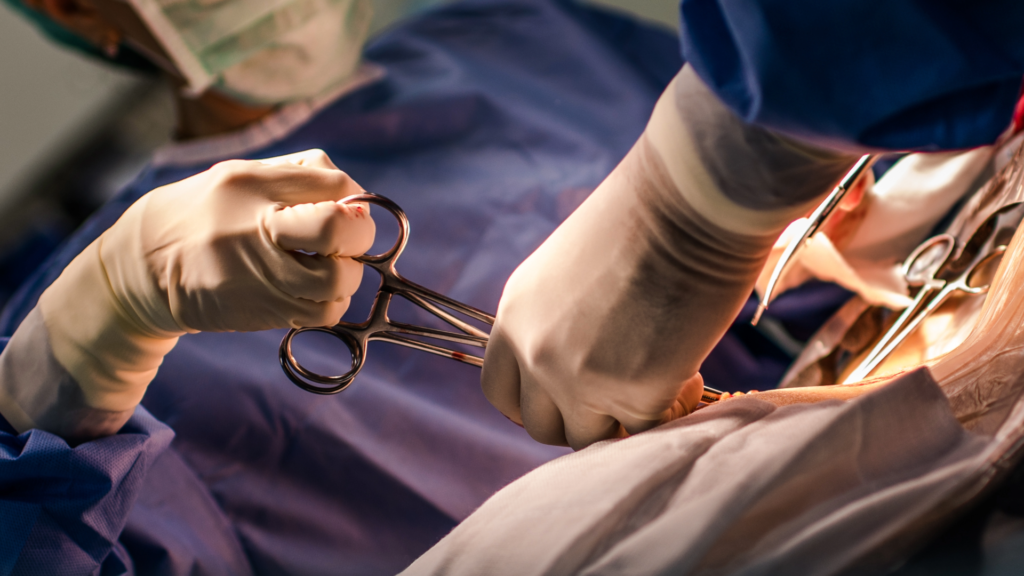
In January, 2013, Paul settled a case on behalf of a 43 year-old woman who underwent a hand assisted laparoscopic radical nephrectomy performed by a urologist. The patient required the surgery because of the presence of a malignant tumour confined to her left kidney, adrenal gland and surrounding tissue.
Upon waking up from surgery, the patient had severe pain in her feet, legs and
back. A few hours after that, she was not able to feel her legs and her buttock
area felt numb. For the following four days she felt paralyzed from the waist
down.
Subsequent investigations ultimately revealed that the aorta had been clipped with divided. The patient survived but was left with permanent disability.

On July 29, 2009, Paul established liability against a dermatology clinic owned by a physician for facial burns caused by laser hair removal.
The full decision is available here.